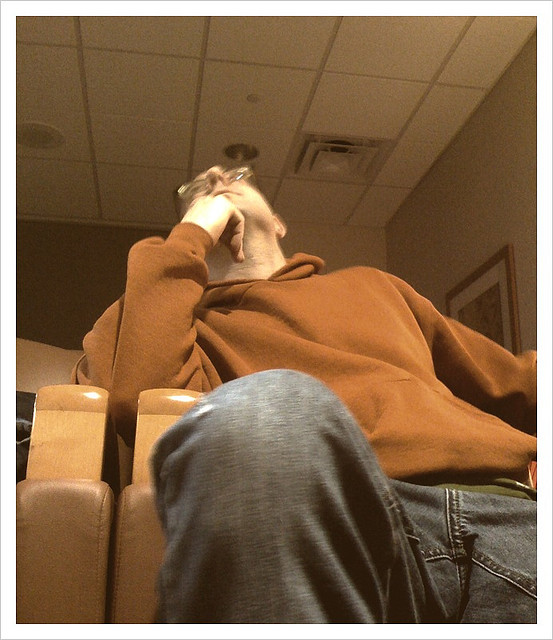Dramatic Increase in Testicular Cancer Cases Among Latinos

 By Hope Gillette, Saludify
By Hope Gillette, Saludify
While testicular cancer is considered rare when compared to other cancers, recent research has shown a steady increase in its prevalence among non-Hispanic white, Hispanic, and African American men over the age of 15. Of these groups, Hispanics have the highest incidence increase at approximately 6 percent over a 7-year period.
And though non-Hispanic white males still have the highest overall occurrence rate at 8.6 per 100,000 individuals, Hispanic men are not far behind with 6.3 incidences per 100,000 individuals.
“More research is needed to shed light on why the incidence is up nationwide and if any environmental factors or co-morbidities impact disease formation,” Jeff Holzbeierlein , MD, Associate Professor of Urology and Director of Urologic Oncology at the University of Kansas Medical Center, said in a press release. “These new data confirm Hispanic Americans should speak with their doctor about risk factors and be even more vigilant with their testicular health.”
Testicular cancer claims the lives of approximately 400 men annually, states the American Cancer Society, and some 8,000 new cases are diagnosed each year. Although the rate of testicular cancer is climbing for most men, it is considered a very treatable cancer, and the odds of dying from it are about 1 in 5,000, especially if diagnosed early.
Nearly all testicular cancers begin in the germ cells, specialized cells associated with reproduction functions. What causes these cells to become abnormal is unknown, though experts feel men with undescended testicles, issues with testicular development, those with a family history of testicular cancer, and those between the ages of 15 and 34 are most at risk. Marijuana use has also been linked to increased risk of testicular cancer.
Symptoms, according to the Mayo Clinic, usually present as a lump or enlargement in testicles, fluid accumulation in the scrotum, heaviness in the testicles, abdominal or groin aches, and tenderness of the breasts.
“It still remains an uncommon cancer,” Dr. Len Lichtenfeld, deputy chief medical officer of the American Cancer Society, told Hispanically Speaking News. “It’s important that we become aware of the situation [of rising numbers of cases], but not become alarmed by it. If a man notices a lump or a change, he should go see his doctor. We have had a significant improvement in the treatment of this cancer.”

This article was first published in Saludify.
Hope Gillette is an award winning author and novelist. She has been active in the veterinary industry for over 10 years, and her experience extends from exotic animal care to equine sports massage.


